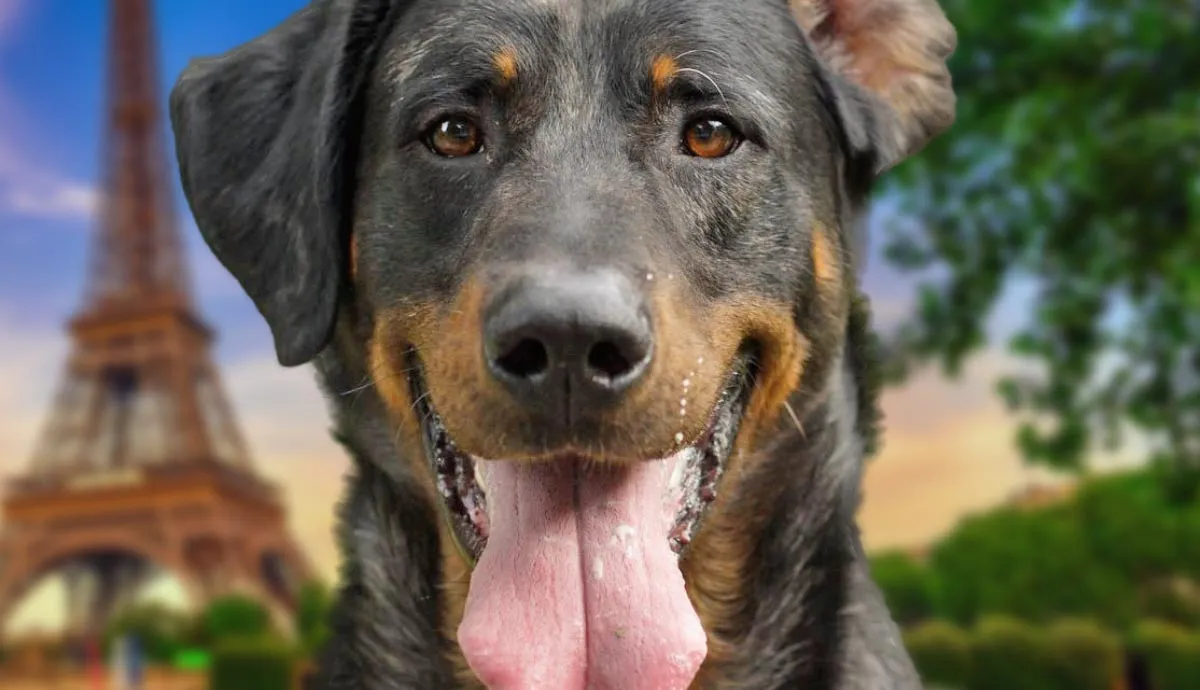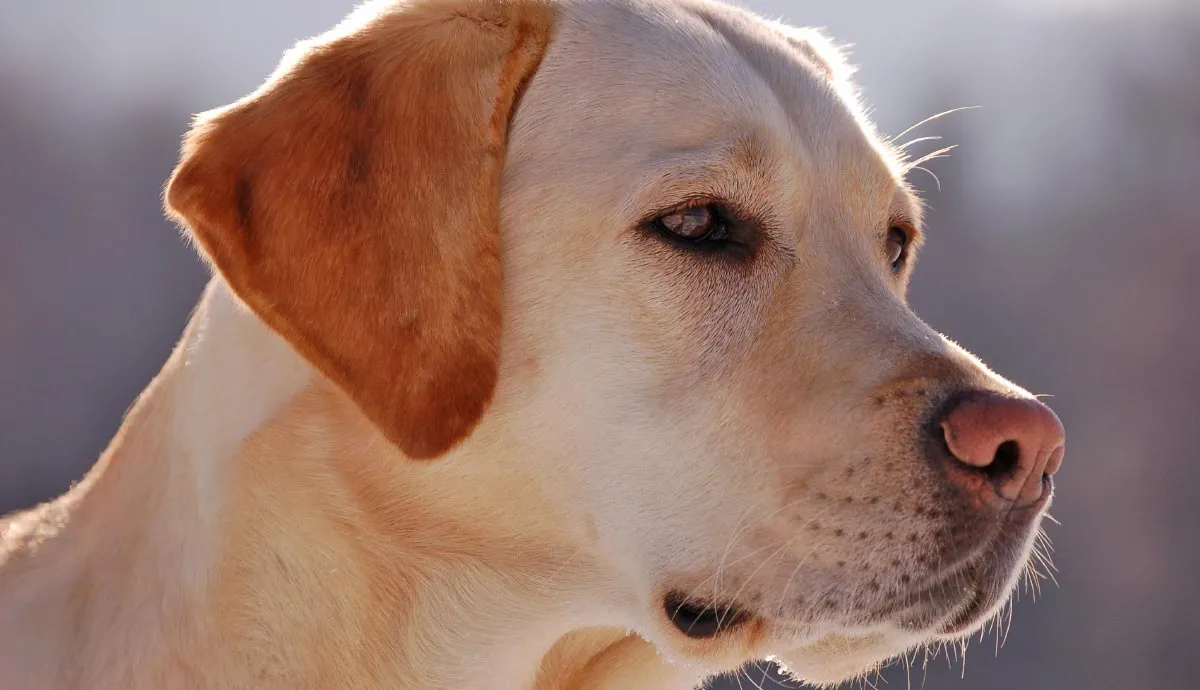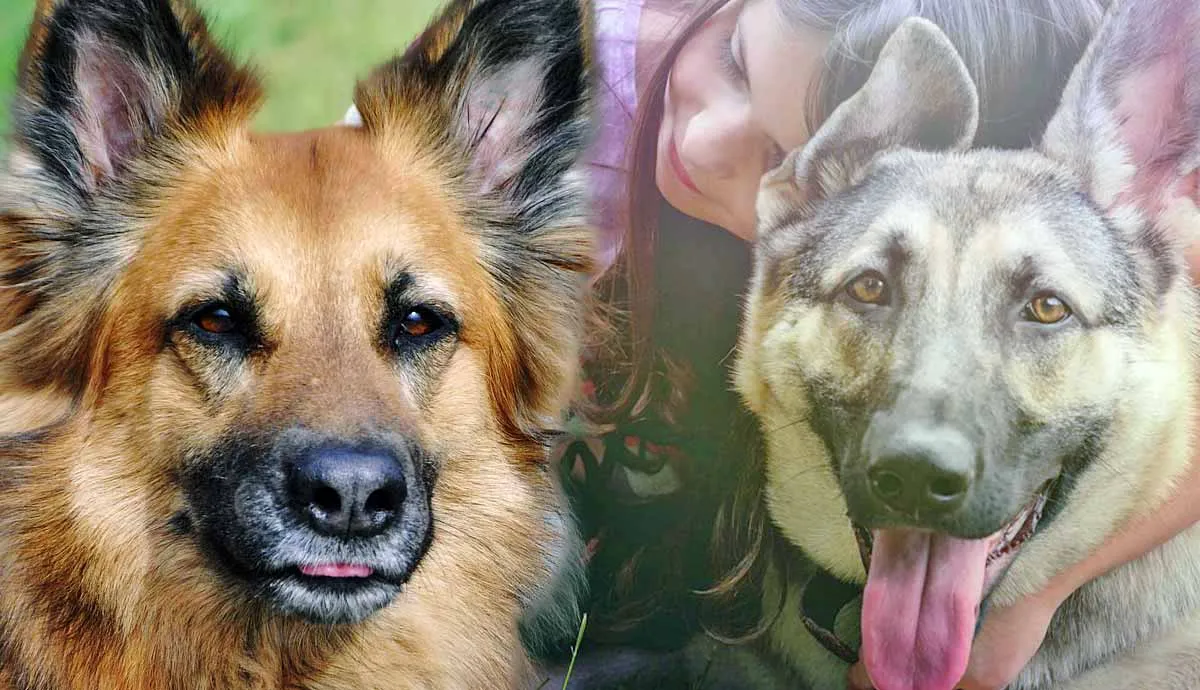The gentle yet powerful Dogue de Bordeaux is more than just a cute, wrinkled face with a mellow demeanor. It’s one of many misunderstood mastiff breeds. Here, we will explore everything you need to know about this majestic and popular French dog. From where they originated to how to take care of them, we leave nothing uncovered as we take a closer look at the ins and outs of owning a Dogue de Bordeaux.
The Dogue de Bordeaux: An Ancient French Breed
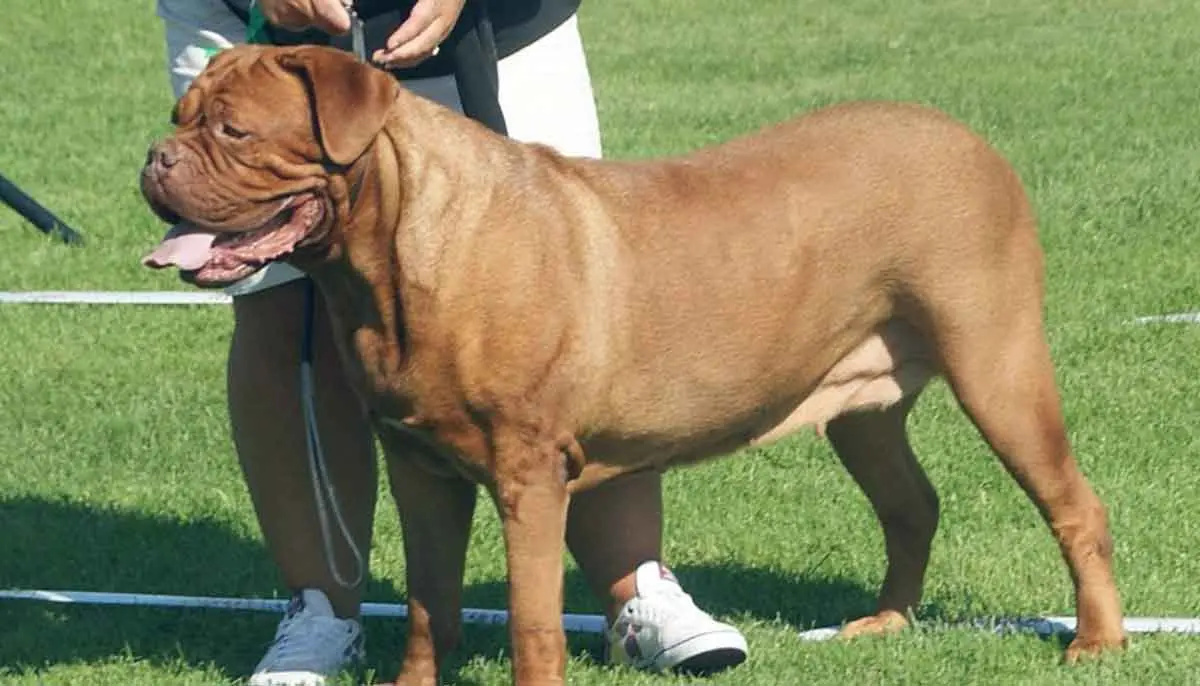
The Dogue de Bordeaux has been around, quite literally, for centuries and was first bred in the French wine region of Bordeaux, where they were used as guard and hunting dogs on the large estates that littered the region. The American Kennel Club notes that these dogs were “around even before France was France.”
Pinpointing these dogs’ exact origin is difficult. Some researchers believe that the Dogue de Bordeaux is a native breed of France that was developed over thousands of years. Others believe that these dogs are closely related to other droopy-faced mastiffs, with the Neapolitan Mastiff being a close relative.
Fast-forward a few hundred years, and these gentle but fierce-looking giants are still used as guard dogs, but now prefer a quieter lifestyle that consists of drooling on their owners’ furniture while they sleep.
These Dogs Are Muscular and Stocky

The Dogue de Bordeaux has a few distinct and recognizable features that make it stand out from other French dog breeds. From its large size to its wrinkled face, there is no mistaking these dogs when you see them. These mastiff dogs are one of many brachycephalic breeds, meaning they have flat faces and short snouts.
The Dogue de Bordeaux can grow to a whopping 27 inches tall and weigh up to 110 pounds. That’s no small dog! Often referred to as a “French Mastiff,” the Dogue de Bordeaux has a striking short fawn-colored coat and a muscular build.
Temperament and Personality: Loyal, Courageous, and Alert

If you’re looking for a loyal protector, the Dogue de Bordeaux it is. However, as with any guardian dog breed, there are a few things you should know.
For starters, while the French Mastiff is loyal to its owners, they are not compatible with small animals or rambunctious children. When it comes to compatibility with young children and other dogs, the American Kennel Club ranks this dog a three out of five.
What’s more, while these dogs pride themselves on being guardians, they can inflict serious damage if not properly restrained or socialized. A Dogue de Bordeaux has a powerful bite, stronger than your average pit bull. This is due to its square-shaped head and strong jaws.
If you’re an experienced dog owner looking for a challenge, you may enjoy welcoming a Dogue de Bordeaux into your home. However, if you’re looking for an easy-to-manage breed that gets along with every child and pet, continue looking.
These Dogs Need Early Training and Socialization

When it comes to training a Dogue de Bordeaux, positive reinforcement is key. This means rewarding them with treats, praise, and lots of extra love when they do something good. Remember, these dogs are eager to please their owners, so they will work extra hard to make you happy.
Training and socializing are key ingredients of raising and caring for a Dogue de Bordeaux, so you’ll want to start very early on. Check out a few fun training tools, and expose them to different types of people, places, animals, and situations from a young age. This not only helps them learn how to behave around others but can also prevent them from becoming shy, withdrawn, or fearful as they grow up.
Like Other Dogs, There Are Health Concerns

As with many dog breeds, the Dogue de Bordeaux is prone to some health conditions that require careful monitoring and attention. For starters, these giants often suffer with joint problems, such as arthritis, as they age. You can make life more comfortable for your aging companion by investing in an orthopedic bed or mixing joint supplements in with their food.
Other health concerns include:
- Bloat. Many large, deep-chested dogs are prone to developing bloat, a life-threatening condition. This is when the stomach fills with gas, then flips over, cutting off blood flow to major organs. You can prevent bloat by getting a raised food/water bowl or avoiding long walks after they eat.
- Hip dysplasia. This condition arises when the hip joint does not properly fit into the socket. Untreated, this can lead to pain, problems with mobility, and ultimately a shorter lifespan.
- Cancer. Unfortunately, these dogs are more prone to certain types of cancers than others. Early detection is key to a well-rounded, beneficial treatment plan.
Don’t let these health problems scare you away from getting a Dogue de Bordeaux. Pet insurance is a great way to ensure your dog has access to the care you need without breaking the bank.
A Healthy Diet Equals a Healthy Lifestyle
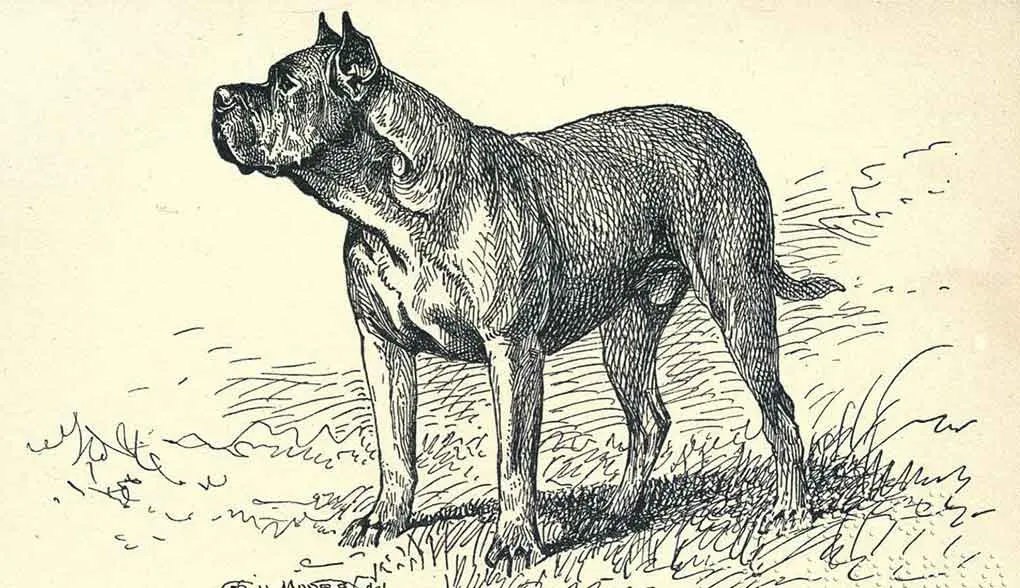
Prevention is key when avoiding common health problems in your dog. By feeding your dog a high-protein, low-fat diet, you can ensure they get the vitamins and minerals they need. It’s worth noting that the Dogue de Bordeaux, like other mastiff breeds, is prone to obesity.
Obesity in dogs is more than weight gain; it can put too much strain on their bodies, leading to a shorter lifespan. As a larger dog, a Dogue de Bordeaux on average only lives from five to eight years. With a life expectancy like that, every meal counts!
Living with a Dogue de Bordeaux
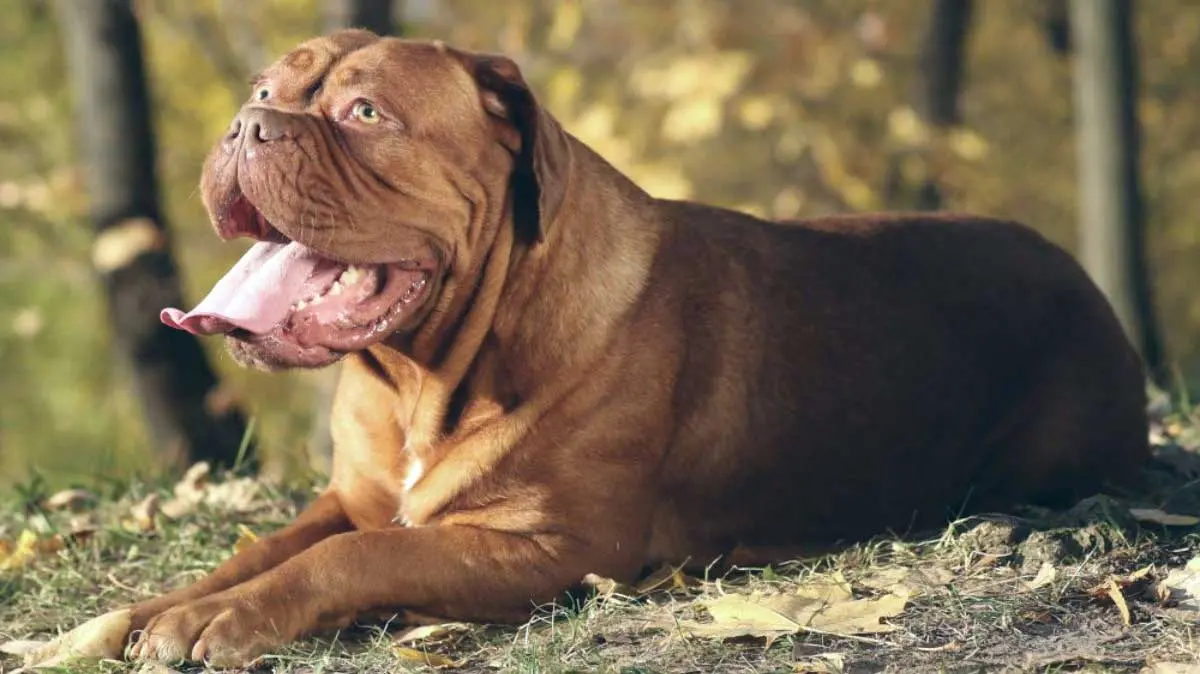
Now that we’ve covered temperament, health concerns, and training, here are additional things to know about getting a Dogue de Bordeaux:
- These dogs drool. The Dogue de Bordeaux is known for its slobbery mouth. So, be prepared for a bit of slobber every now and then. A good tip is to keep a towel or a pack of wipes handy.
- Grooming is important: The Dogue de Bordeaux might have a short coat, but it is still necessary to brush them regularly to ensure their coats stay shiny and healthy. Don’t forget about cleaning between their jowls and wrinkles to prevent skin irritation, too.
- These dogs are calm—until they’re not. One minute, your French Mastiff might be snoring by the window. The next, they could be barking, growling, and nearly inconsolable when a dog walks by. Avoid putting your dog in situations where they can’t be restrained or could threaten another pet. After all, these dogs have a bite to match their bark!
Fun Facts About the French Mastiff

There are many fun facts about the Dogue de Bordeaux. Here are a few fun facts that are sure to wow you:
- The Dogue de Bordeaux is an ancient dog breed, older than the country of France itself. They originated when France was called “Gaul.”
- Dogue de Bordeaux hounds are famous thanks to the 1989 film “Turner and Hooch.” Beasley the Dog starred alongside actor Tom Hanks in the blockbuster film. Five different Dogue de Bordeaux play Hooch on the Disney+ reboot.
- The Dogue de Bordeaux had a close call with extinction until a French teacher decided to revitalize the breed in the 20th century. He also helped define the breed standard that many kennel clubs rely on today.
Despite their striking appearance, the Dogue de Bordeaux isn’t exactly a popular dog breed—but it’s not an unpopular one, either. Right now, out of the American Kennel Club’s 201 recognized breeds, these mastiffs rank at 78. The breed has had a slight but steady decline in popularity since 2020.
English Mastiffs Are a Good Alternate
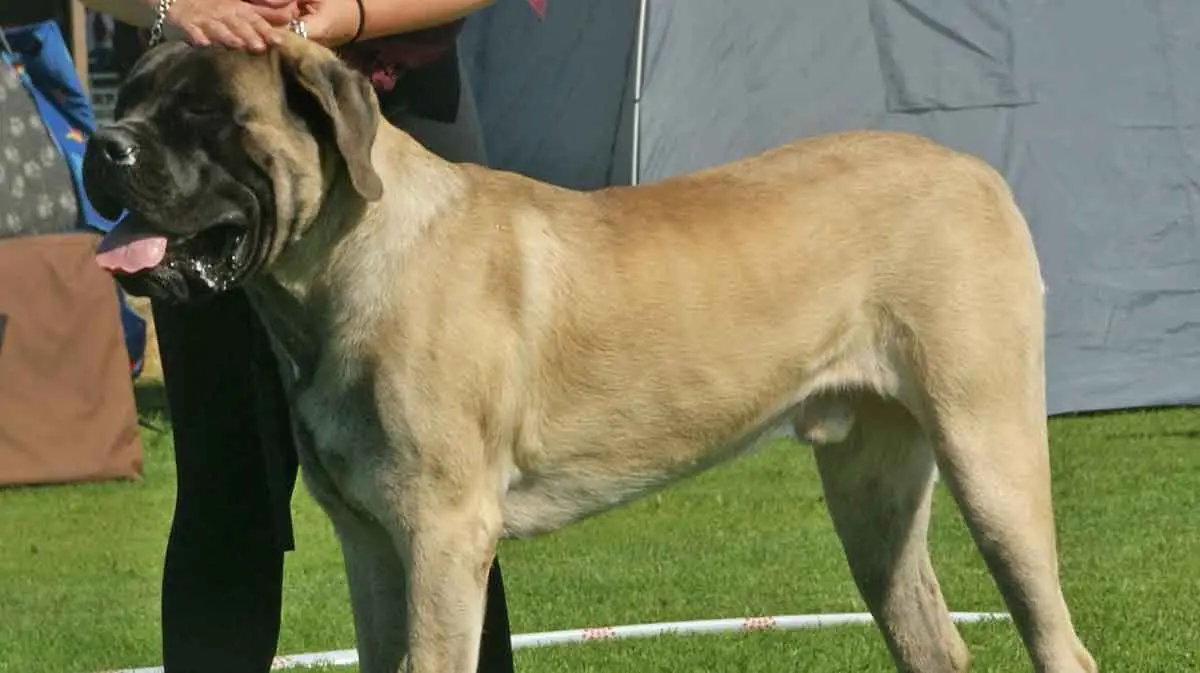
Many people fall in love with the Dogue de Bordeaux because of its loyalty and distinct appearance. However, it’s no surprise that because of their protective nature, they’re banned in many housing complexes and communities. When a Dogue de Bordeaux bites, it bites hard. They are not a dog to get without solid preparation and research.
If you’re looking for a mastiff breed that’s more easygoing, you may enjoy adopting an English Mastiff. Like Great Danes, these dogs are known for their calm, almost lazy nature. Weighing at 120 pounds, they generally have a fawn coat with a black snout—although there are other color variations.
You may also find joy in getting a mastiff mix. These are common in rescues and shelters—but that doesn’t mean they’re bad! Mastiff mixes sometimes get “the best of both worlds” from their mom and dad.
Final Thoughts on the Dogue de Bordeaux

The Dogue de Bordeaux is a bundle of muscle, wrinkles, and love. With incredible personalities and character traits, a Dogue de Bordeaux can quickly become a much-loved member of the family.
However, we said it once, and we’ll say it again: these dogs are not for everyone. You’ll need a “game plan” when it comes to their training, socialization, and healthcare. If you’re committed to positive reinforcement and hands-on training, the French Mastiff could be a great challenge for you.


